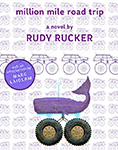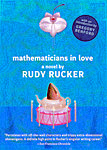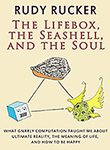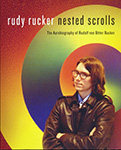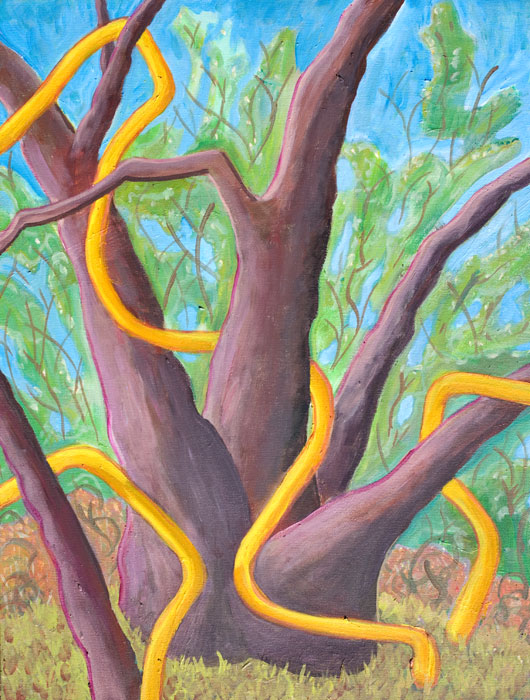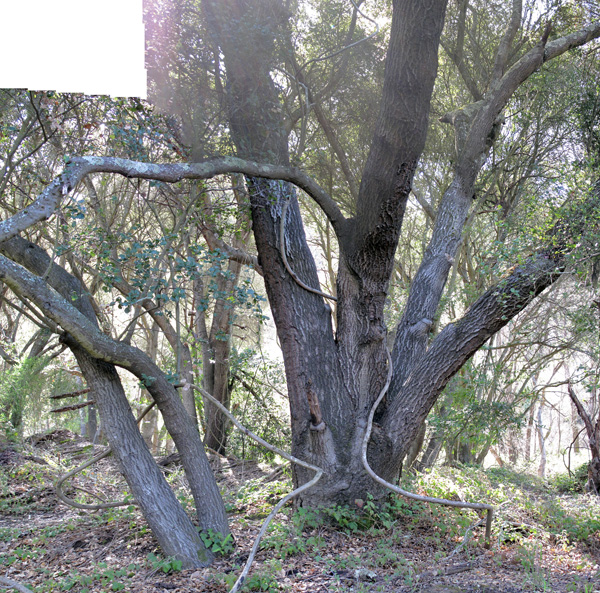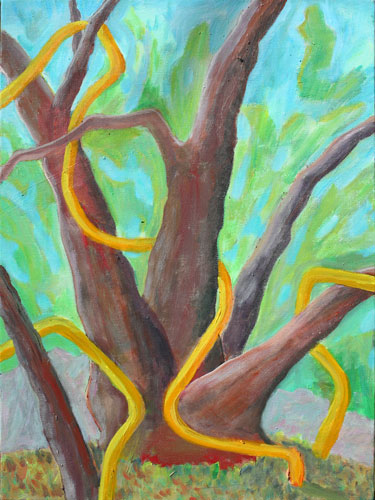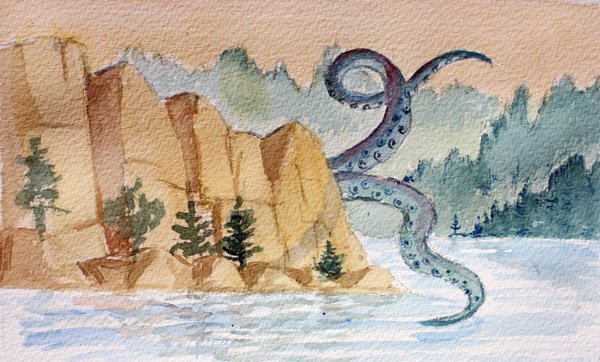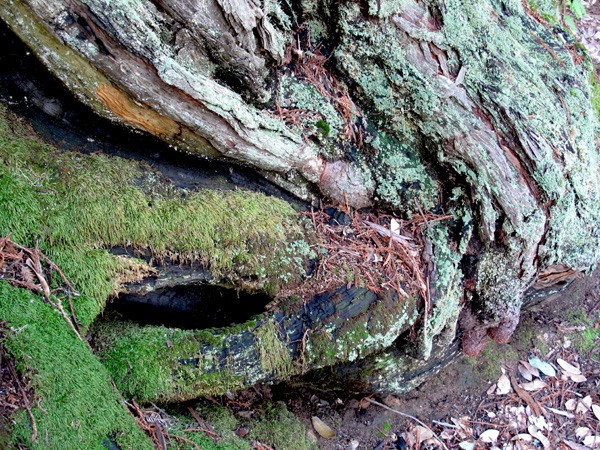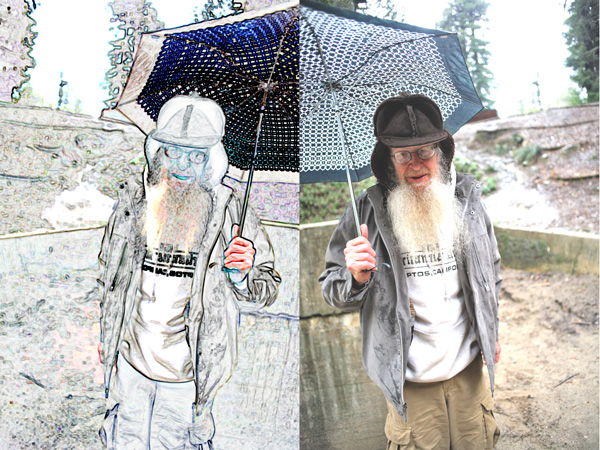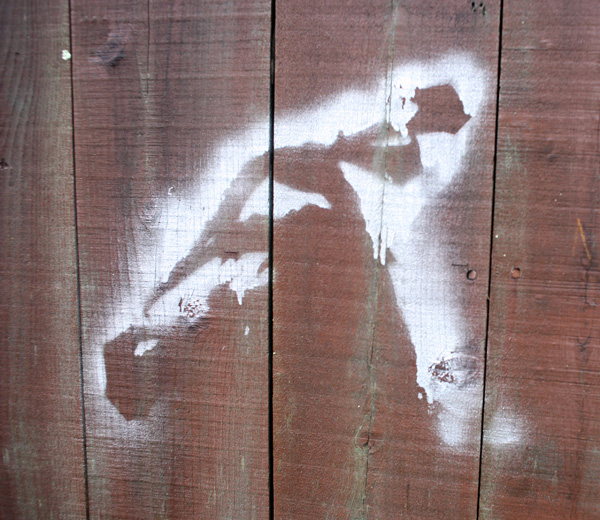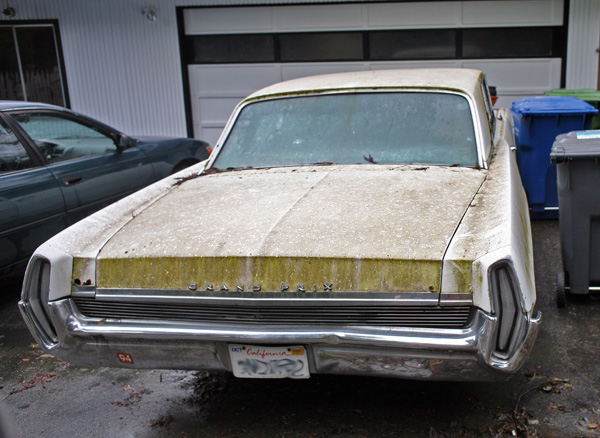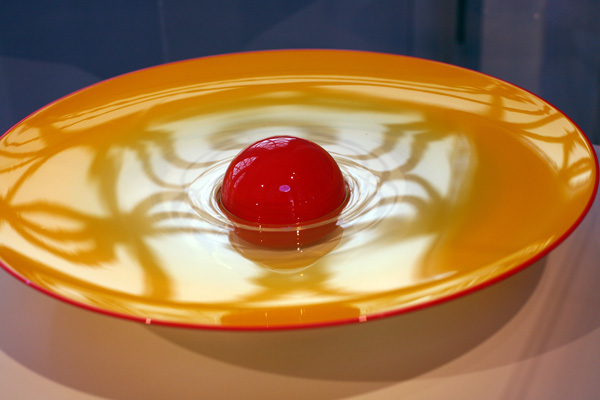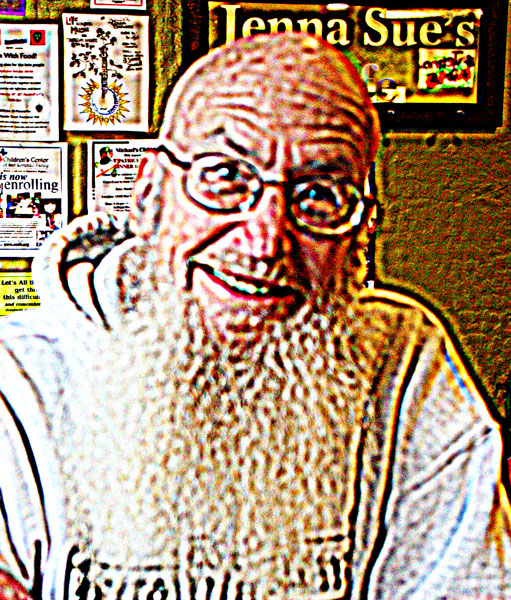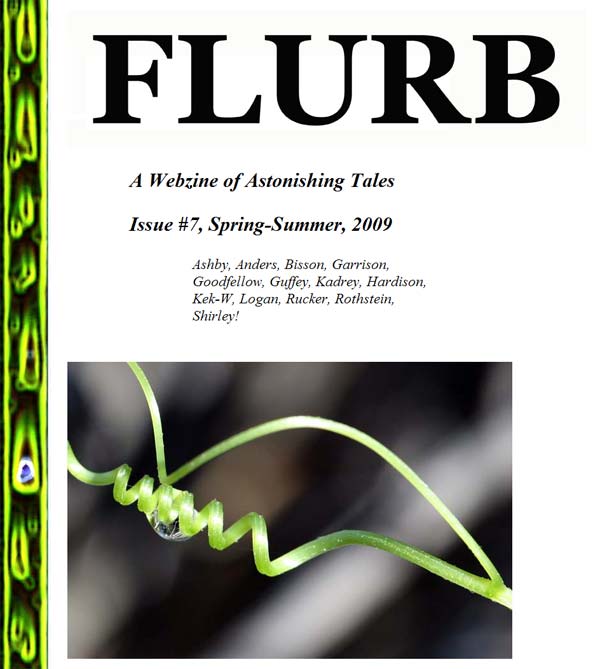My wife and I spent a couple of nights in Big Sur this weekend—a getaway for my birthday. Today I’ll post some of the pictures I took, interleaving them with material excerpted from my latest notes towards my novel-in-progress, Jim and the Flims.

I put in a bit about Jim carrying a digital camera and taking pictures. Actually I did it to justify his knowing the concept of “clipping” in a computer graphical sense, so as to apply this word to his mental state when very high. But then I was thinking that, since I myself carry around a camera a lot, it might be interesting for me to have a chance to write about taking pictures. And I had the sense that it could be a useful plot hook later on if Jim has a lot of digital photos of these weird things he sees.

I was even thinking that, over in the other word—called Flimsy—his conceptions about photography might enable him to come up to a solution to some problem they have there. I was thinking in terms of his using photography as a metaphor of a psychic version of the Windows Restore function or the Mac Time Machine facility, that is, the ability to restore your system (computer here, brain over there) to a prior state, after is becomes encrufted with junk (bad upgrades and drivers here, bad teep thoughts over there).
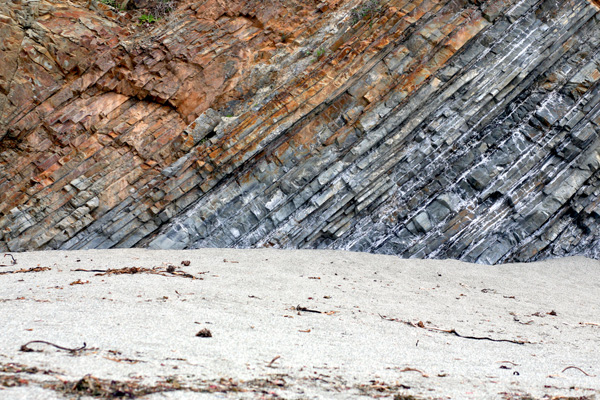
I’m thinking that the tunnel between worlds is actually a “border snail.” You travel though the snail’s alimentary tract. The snail is in the basement of a whipped old Victorian house which is in fact the shell of the border snail. I’m putting in a routine about smaller and smaller rooms (like the chambers in a nautilus shell).
Crawling through a snail’s guts seems kind of . . . slimy. So I think I’ll have the tunnel be big and cozy, with quilting on the walls. A spacewarp makes it roomier. Negatively curved space! You stretch the space with zickzack hyperdimensional origami.

My character Jim needs to start being proactive, otherwise he’s not heroic. I always need to remind myself to do this—it’s such a classic writing error to have your main character be passive and acted-upon. This is a common mistake that beginning writers make, and yet I still make it.

Here’s a cool scene I wrote:
Just then the screaming upstairs peaked, and we heard the nightmarish thud of that axe hitting home. I held back from teeping the details. Shrieks and gurgles sounded. Ginnie bust into sobs. More thuds, staggering footsteps, and—the window of Ira’s room burst outwards in a shower of fragments. A heavyset man tumbled through, landing on the lawn with a sodden thump. He was wearing a blood-soaked terry bathrobe. Two of the jivas drifted out in his wake, checking things out.
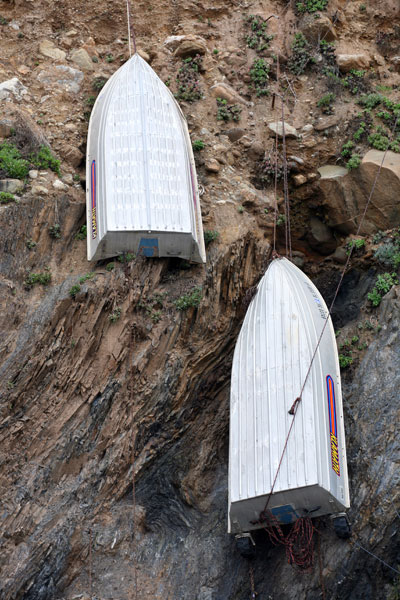
The man was flabby and belly-white, with a gory wound in his chest, surely dead. The top of his skull had been split wide open. But now—how strange—the halves of his skull pulsed, quivered—and gaped apart like opening halves of a clamshell.
Ginnie put her hands over her face and groaned. By the light of the hovering jivas, I could something green wriggling inside the ruined skull. And now a lithe green figure emerged, as if from an egg, a tiny naked humanoid with pointed ears, a being no more than six inches tall. My dog yelped and backed away.
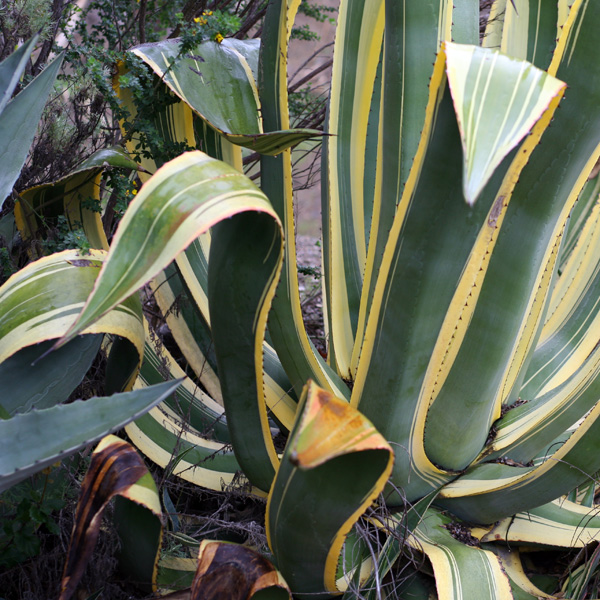
So a goblin can hollow out a living human’s head and move inside it. How does the goblin get into a body? By slicing open the skull and suturing it with zickzack, but nevertheless leaving a scar. And of course the goblin eats the old brain. The old ways are the best ways.
We might use the word “rind” to refer to the hollow body that the goblin was driving around.

Birthday thought: Jim swallows a jiva—which is like a flying turnip with a long slender tail with root hairs. Jivas can make this matter-like stuff called zickzack out of folded mpty space. This can make Jim younger in various ways. It gives him a zickzack face lift akin to what they call a “ribbon lift” with a length of the tail pulling taut his wattles. Zickzack tendrils merge into his muscles and tendons making them tauter, zickzack lining fixes his hip joints, the overall effect of having the jiva linked to his nervous system would sharpen his mind.
Maybe later in the book, when Jim comes back home from Flimsy, sob, the rejuvenation wears off, and Jim is old again.
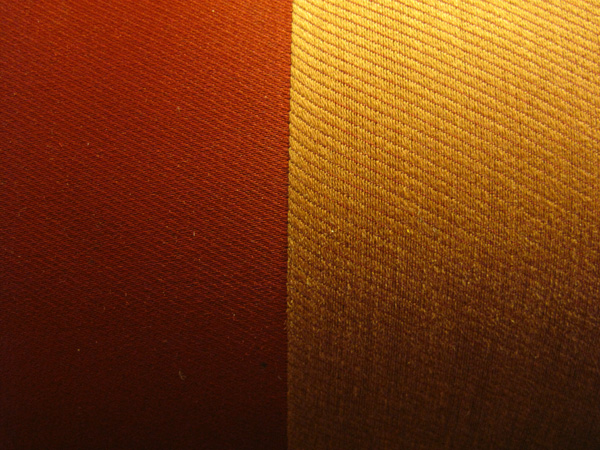
Suppose we think of the “tunnel” as spacetime links between door-opening events in the two timelines. The notion of synch is somewhat meaningless when discussing parallel times. You just pick two events and link them. Okay, fine. So we need people to man a number of opening events.

Why does the border snail only open its operculum for certain people? Simplest answer: the border snail is as a god, weaving the patterns of the worlds.


